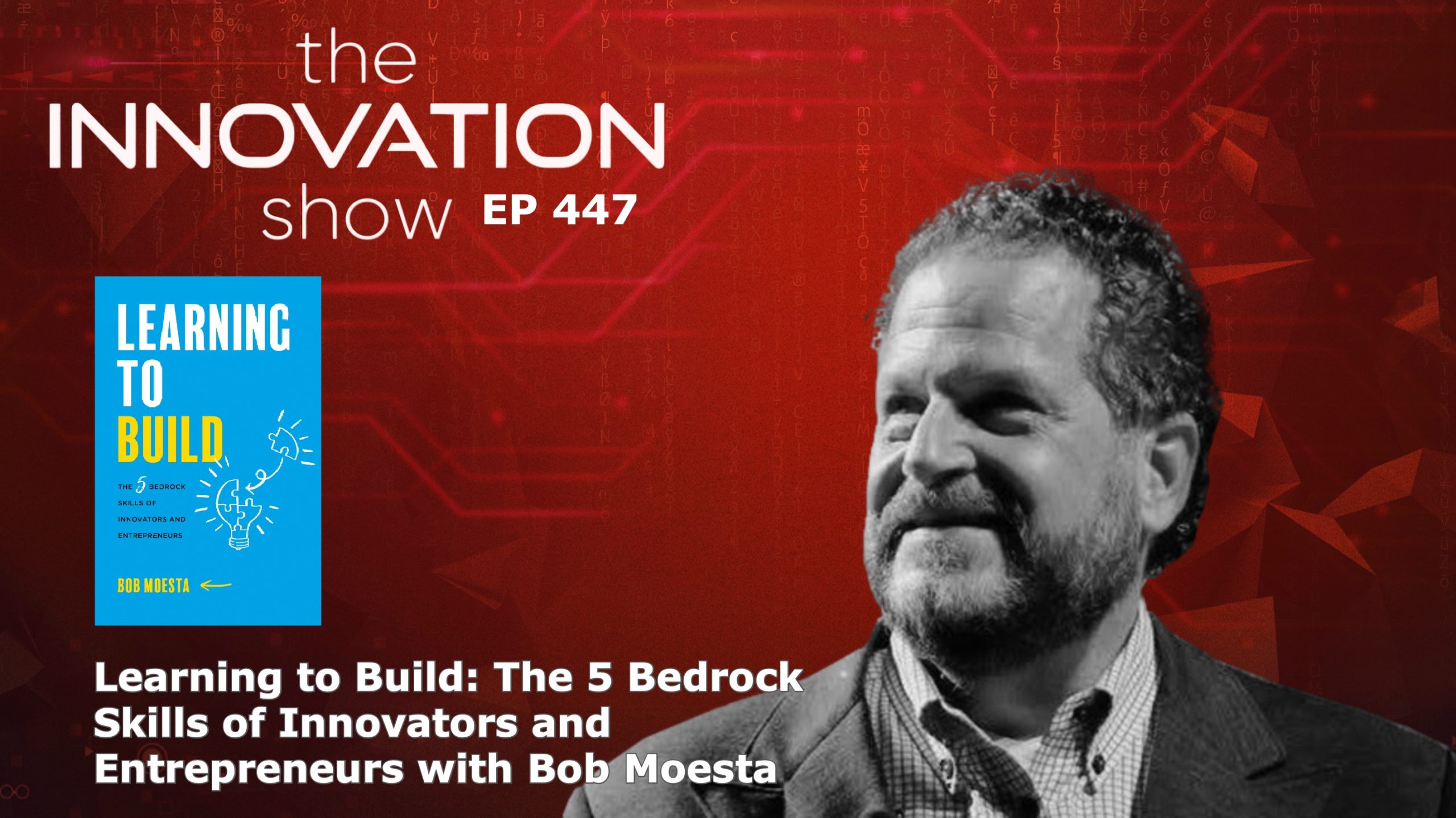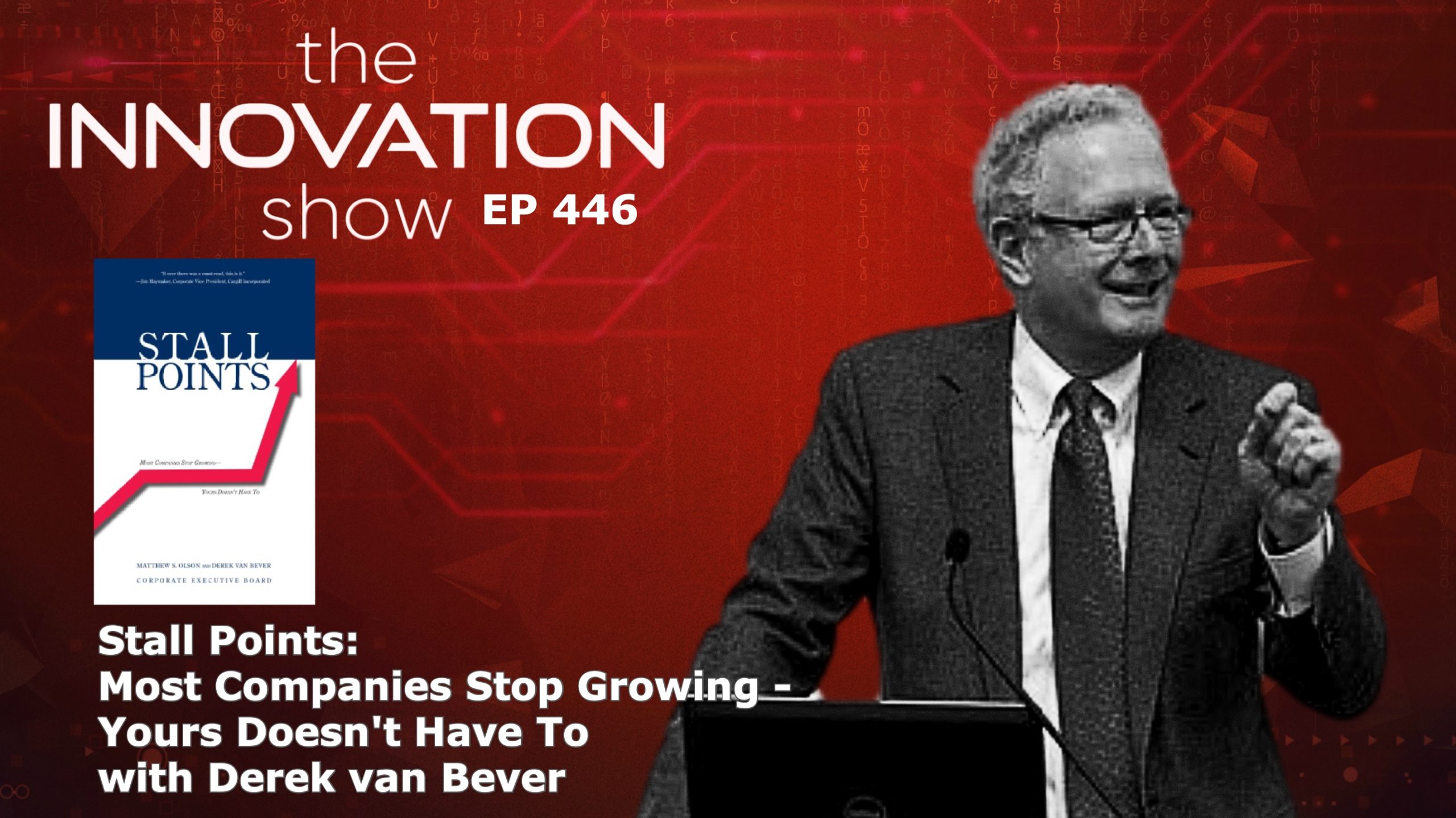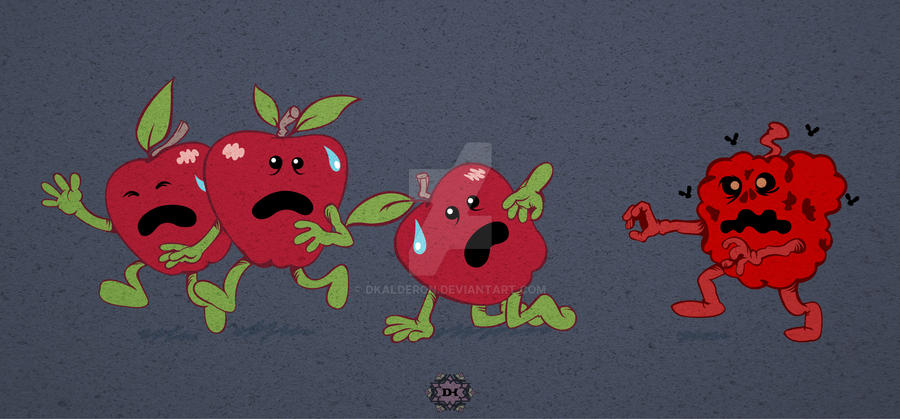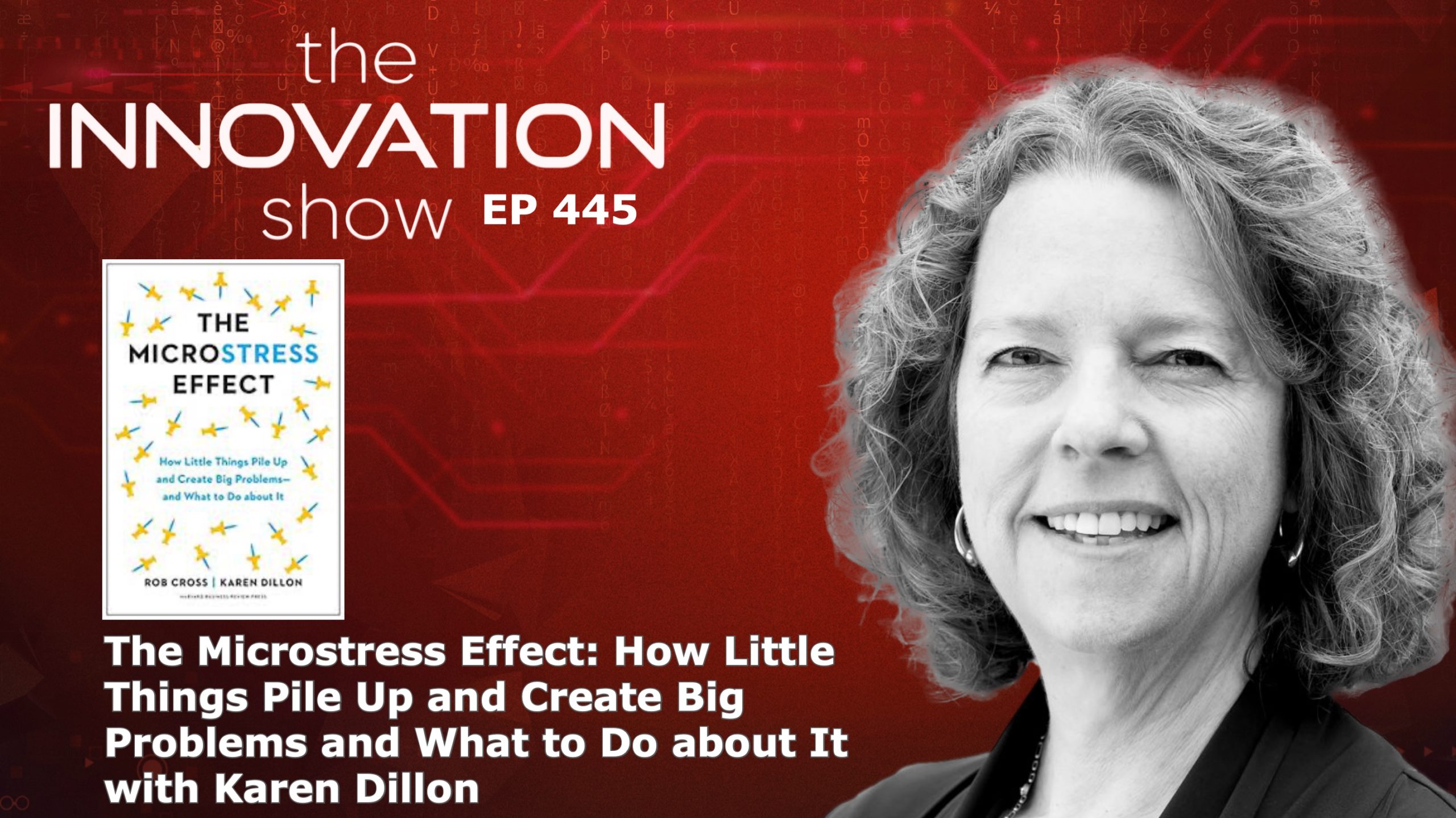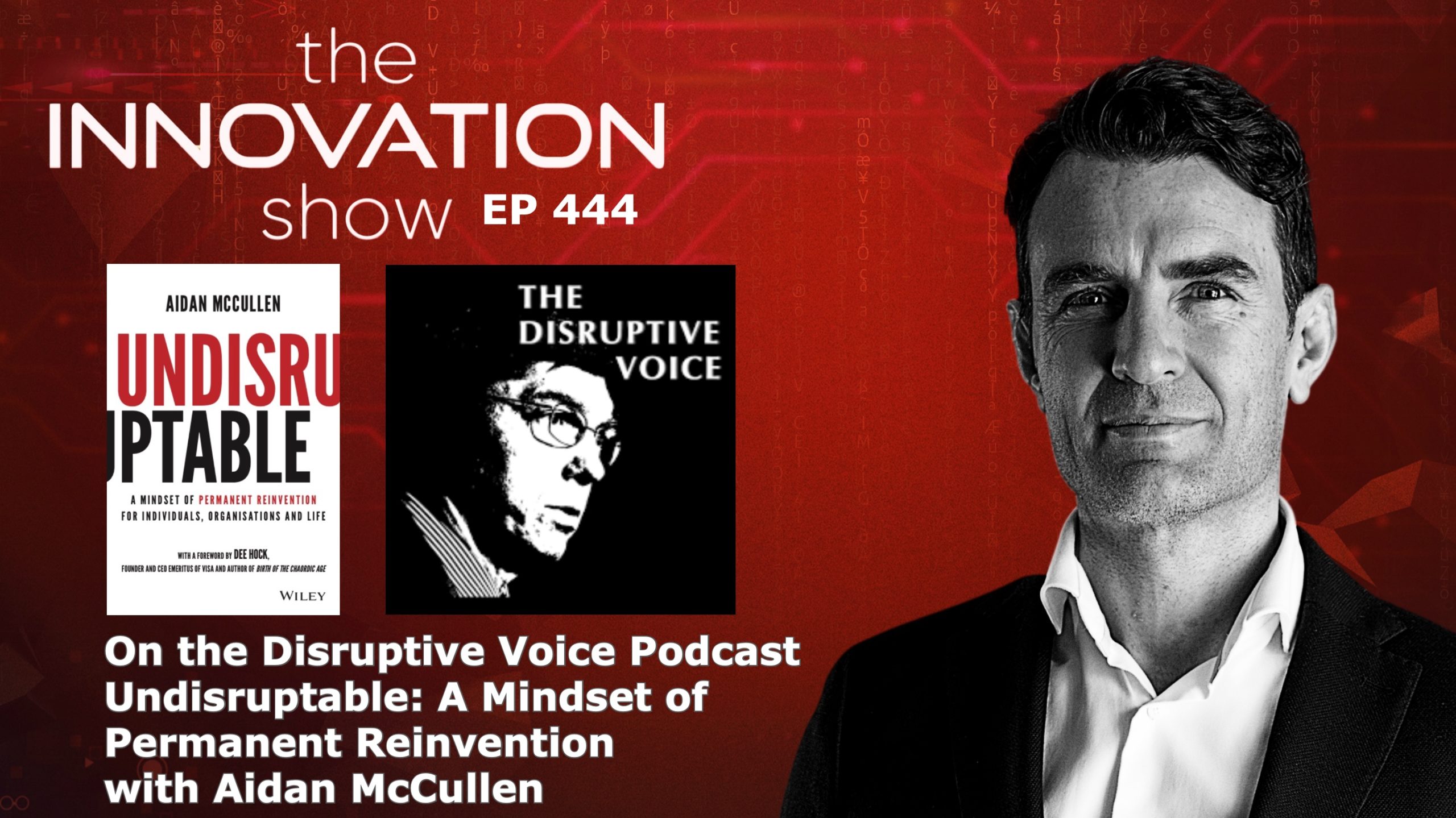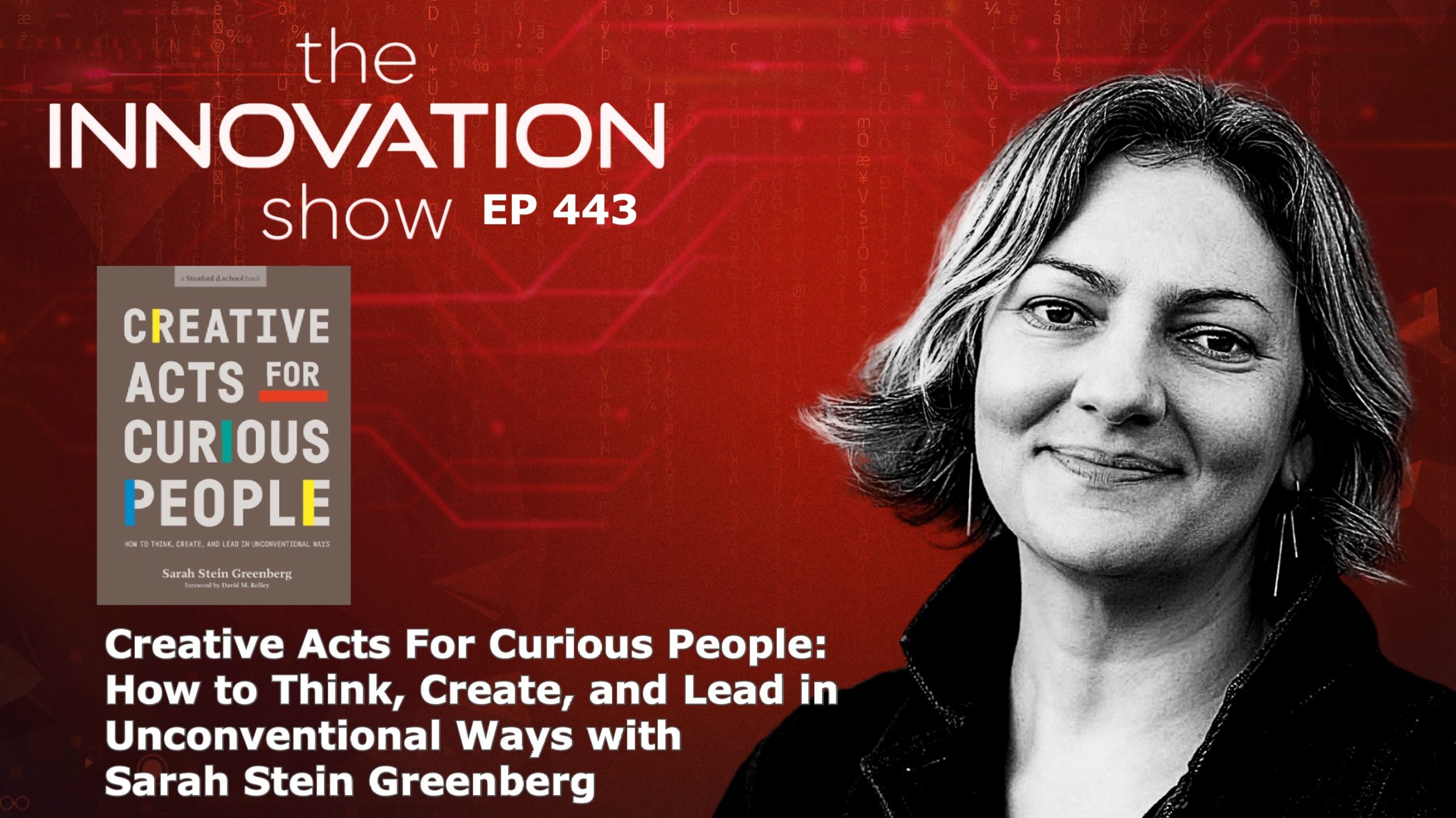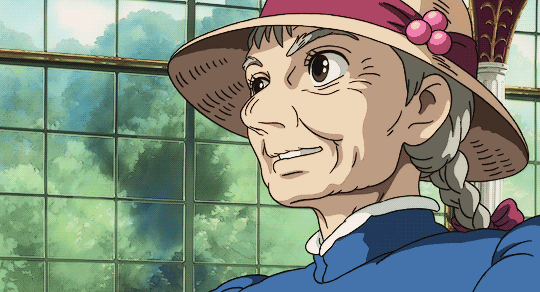It is a pleasure to welcome to the Innovation show a friend of the show to share insights from his latest book, “Learning to Build: The 5 Bedrock Skills of Innovators and Entrepreneurs”, Bob Moesta.
Posted 3 years ago Tagged Aidan McCullen Aidan McCullen Innovation Blogs on Innovation Business Derek Van Bever Derek van Bever Stall Points Disruption Entrepreneurship Innovation Leadership Levi Strauss Strategy Failure Stall Points Strategy Technology The Seneca Effect The Seneca Effect in Business Transformation
The Seneca Effect, also known as the Seneca Cliff or Seneca Collapse, is a concept named after the ancient Roman philosopher Lucius Annaeus Seneca. The effect is based on Seneca’s quote, “Fortune is of sluggish growth, but ruin is rapid.” He observed that many things in nature, including human affairs, systems and civilisations, tend to decline much more rapidly than they ascend.
Posted 3 years ago Tagged Clayton Christensen Derek Van Bever Derek van Bever Stall Points Innovation Leadership Stall Points
Derek van Bever and team investigated the incidence and consequences of growth stalls in major corporations, then probe the root causes. Examining hundreds of stall points, the authors conclude that the greatest threat to a company’s growth is posed by obsolete strategic assumptions that undermine market position, and by breakdowns in innovation and talent management. This is Stall Points.
Posted 3 years ago Tagged Aidan McCullen Broken Window Syndrome Business Corporate Culture Disruption Entrepreneurship Innovation Leadership Strategy The Black Walnut Effect The Black Walnut Effect Broken Window Syndrome Toxic Colleagues Toxic Employee Transformation
If you neglect to remove the black walnut, you will see a gradual departure of the surrounding species to healthier pastures, with the younger saplings leading the way. In conclusion, just as removing a black walnut tree from an environment restores balance and promotes healthy growth, it’s essential to address toxic employees in the workplace to maintain a positive and productive work environment. It is essential to repair the broken windows.
Posted 3 years ago Tagged Aidan McCullen Business How Will You Measure Your Life Karen Dillon Innovation Karen Dillon Microstress Leadership Transformation
Microstress: tiny moments of stress triggered by people in our personal and professional lives; stresses so routine that we barely register them but whose cumulative toll is debilitating. We welcome the author of “The Microstress Effect” Karen Dillon
Posted 3 years ago Tagged Aidan McCullen Business The Disruptive Voice
In his book, Undisruptable: A Mindset of Permanent Reinvention for Individuals, Organizations, and Life, Aidan McCullen writes about how, centuries ago, sailors would set out to sea with maps labelled with the Latin words hic sun dracones – here be dragons – which meant that they didn’t know much – if anything – about the uncharted waters and unexplored lands that awaited them.
Posted 3 years ago Tagged "chameleonic" culture Aidan McCullen Business Corporate Culture Disruption Innovation Leadership Strategy Transformation
When an organisation recalibrates to adopt a radically new strategy, most leaders focus on the changes in processes, practices and procedures. These are the mechanics of business, the easiest to measure and easier to implement. Successful change efforts engage both the mechanics and humanics of change. The humanics involves the community, collaboration and culture. In a world of constant change, organisations must adopt a “chameleonic” culture, one that is capable of rapid change in line with strategic change.
Posted 3 years ago Tagged Aidan McCullen Business d School Design Thinking Entrepreneurship Innovation Leadership Sarah Stein Greenberg Stanford D School. Creative Acts For Curious People Technology Undisruptable
It is a pleasure to welcome the Executive Director of the Stanford d.school and the author of Creative Acts for Curious People: How to Think, Create, and Lead in Unconventional Ways, Sarah Stein Greenberg.
Posted 3 years ago Tagged \Cypress TJ Rodgers Aidan McCullen Charles O'Reilly Corporate Culture Innovation Leadership Michael Tushman Strategy
We are joined by the former CEO of Cypress Semiconductor, TJ Rodgers and his friend and author of Lead and Disrupt, Charles O’Reilly III
Posted 3 years ago Tagged
Some organisations engage in renewal as an event rather than an ongoing process. In such cases, they find their organisational skillsets and capabilities are inadequate for the new reality. Often employees who excelled in a previous reality struggle in the new paradigm. In some cases, these employees become senescent. They can even act like a senescent cell and influence those around them to become toxic and malevolent.
